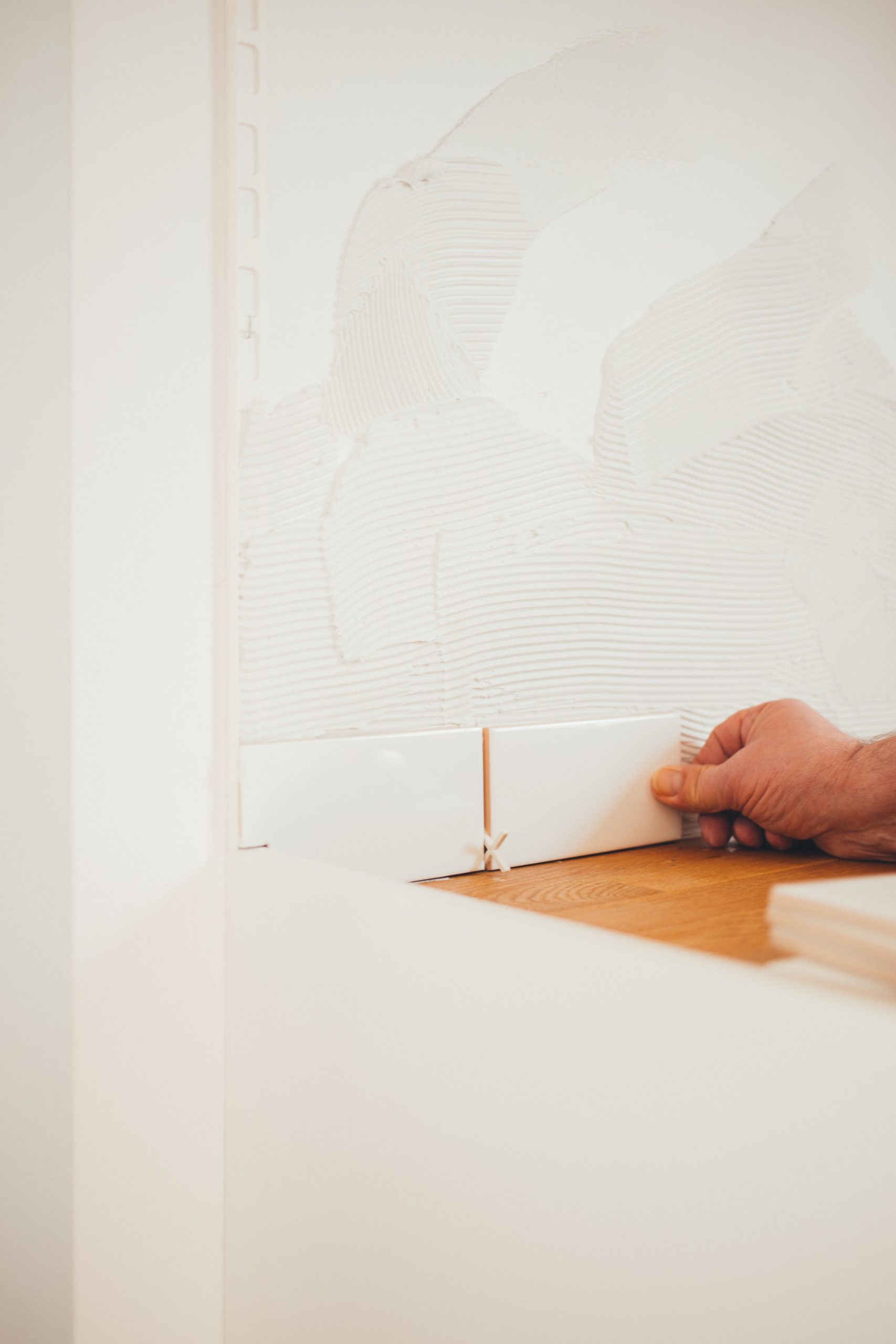What is so attractive about flipping houses? Well, the financial gain can be significant as well as having the satisfaction of creating something beautiful. On the other hand, there are financial risks, the property may have some significant and unexpected issues, the house might not sell quickly, and there may be some potential legal issues. The challenges shouldn’t block consideration of the opportunities and benefits, so if this is your dream, go for it, but go for it wisely prepared.
What is House Flipping?
House flipping simply means buying a property for a short time needed to fix it up to sell it again for a profit. The range of property work can extend from a modest house refreshing to a major overhaul renovation, including the complete house structure inside and out as well as property landscaping. The objective is to buy a house for a low price, put some sweat equity into the work, and sell it for a profit. This takes some significant construction expertise, along with the time and money to accomplish the work.
Steps for House Flipping
Successful house flipping starts with making a plan that envisions the entire process, sets a timeframe, and considers all the needs of the project. Then:
Set a preliminary budget. Estimate the costs of the renovation work and selling costs.
Secure financing for the project. This can include traditional lenders, online lenders, and other sources.
Find a property that is a practical fit for your plans and finances, then make an offer.
With an accepted offer in hand, get a full inspection of the property and finalize a budget.
Hire trusted contractors, making sure they have the expertise that you need. Work with them to develop a realistic work timeline.
When the work is done, get a good estimate of the property’s sale value, then sell the property.
Seek Expert Financing Assistance
Don’t try to do house flipping on a wing and a prayer. Seek expert financing assistance from KPI to secure the funding that will help you achieve your dreams.





